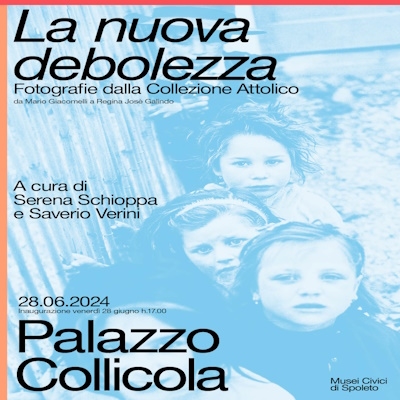HISTORY
The village's origins go back to the 8th century, and its history is tied to that of the Abbey of San Pietro in Valle, in defense of which two castles were built in about 1200. At one time an independent commune, it was later under the seigniory of the Cybo and the Ancaiani families, and was involved in lengthy wars against Montefranco and Spoleto. Ferentillo's vicissitudes followed those of the Abbey, and the abbatial fief tried to make itself independent from both the Duchy of Spoleto and the Lateran Chapter. The territory became a small state in 1484 thanks to Pope Innocent VIII, a Cybo, who named his nephew Franceschetto Cybo as first Lord of Ferentillo. Franceschetto married Maddalena dè Medici and in 1515 his son, Lorenzo Cybo, wed Ricciarda Malaspina, thus uniting Ferentillo with the Principality of Massa Carrara and Piombino. The Cybo dynasty lasted until 1730, when it passed to Duke Nicolò Benedetti and the Montevecchi of Fano. Ferentillo became a Commune with the Unification of Italy.
ART, CULTURE, ENVIRONMENT
Just inside the village, in the Matterella quarter, is the Church of Santa Maria, dominated by its Romanesque bell tower with a spire and paired windows. Originally built in the 13th century, it was enlarged in the 15th with the addition of two aisles, and has frescoes from the Umbrian and Byzantine schools. The Church of Santo Stefano, in the Precetto quarter, was constructed in the 16th century over another church from the 1400s used as a cemetery crypt. In fact, below the Church of Santo Stefano, in the historic center of Precetto, there is the Museum of the Mummies: preserved inside are the bodies of people who lived and died long ago in Ferentillo, first buried in the tombs inside the church itself, and then moved, following the Napoleonic Edict, to this cemetery. An unusual microorganism found in the soil in this area is responsible for the bodies' excellent state of preservation. Nearby is the jewel of Ferentillo: the Abbey of San Pietro in Valle, the most important memorial to the Duchy of Spoleto and one of the most interesting abbeys from the entire medieval period. Inside the abbey are a votive stone, Roman and other architectural and sculptural fragments, and various Roman and medieval sarcophagi. Next to the church is a magnificent two-story cloister dating from the 12th century. The Ferentillo area lies within the Nera River Park, making it an ideal place for sports tourism, with opportunities for many sports activities, especially free-climbing, which makes Ferentillo one of the most popular and important natural gyms in Italy and Europe, thanks also to its renowned Climbing School. The Nera River is excellent not only for sport trout fishing, but also for spectacular canoeing and rafting.


























